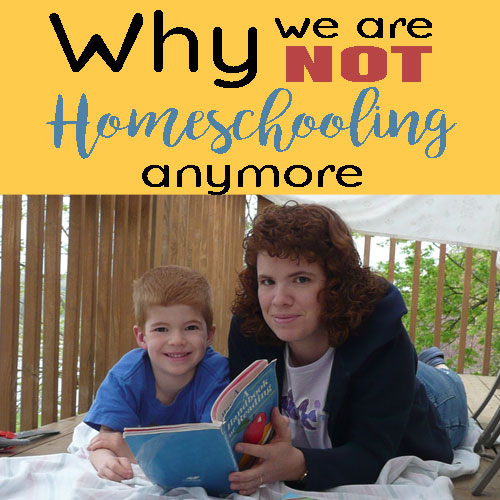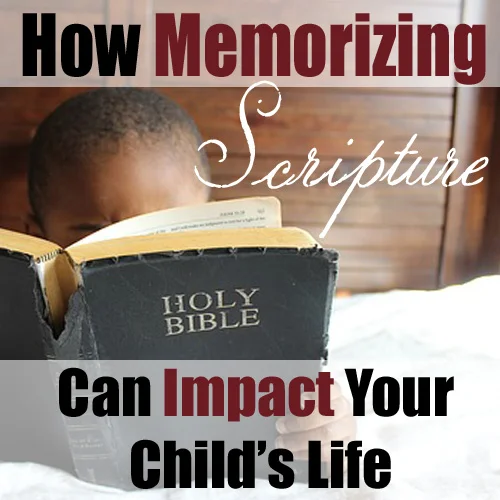People are so unique. That became very obvious to me this week as school started back up. I often notice how differently my children learn when we jump back into our studies. Teaching and working with different learning styles in a homeschool is no less challenging than in a public school.
No child is the same as another.
Even children who are raised in the same home by the same parents with the same genes can be complete opposites. Our four children are certainly very different from each other and learn in different ways. We’ve always emphasized to them that no child was better than the others.
Each child has different strengths and weaknesses.
In college (to “learn to teach”) learning styles were discussed in my classes but the practical implementation of that concept was a nebulous idea that I really didn’t get. Little did I know that in teaching my own children I would realize that some of them did NOT learn in the way that I did.
Advice for homeschool moms on learning styles
It is important, as the teacher, to realize that you can’t expect students to always learn the way that you do. Your inclination will be to teach in the way that is easiest for YOU to learn but it probably isn’t the way that is easiest for your student. That’s why teaching can be hard. You need a variety of ideas on how to teach so that your instruction allows your students to “get it.”
Pay attention to what works for a child and then tailor your teaching to what works. (If NOTHING seems to work then look into the resources at the bottom of the page)
Summary of 4 Learning Styles
Never heard of learning styles? That’s ok. Today you get to be the student. Read on.
Auditory
Auditory learners can understand better when they hear new information. Often when music is used then they can process the information better.
Ideas: Lectures, discussions, review vocabulary aloud, listening to instructions read aloud, repeat concepts aloud to study, reading aloud instructions to themselves, use songs or jingles to remember information
Verbal
Verbal learners love words. They use speech and reading to process information so they can retain what they are learning.
Ideas: Write notes/rewrite notes, create lists with keywords from notes, word games, word associates, rhymes, and memorization games. Ideas for audible learners work for verbal learners as well as they are closely linked.
Visual
Visual learners need to “see” the new concept to comprehend it. Their learning has to do with spacial relationships and where the information is at or what it looks like.
Ideas : Highlighters, outlines of notes, preview chapters for headings, sit where they can see the teacher well, make lists with images(stars, bullets), copy information down from book or board, use charts, maps or other visual media
Kinesthetic
Kinesthetic learners LOVE movement and touch. When their bodies can feel then their brains can absorb.
Ideas: Drawing, building, hands on projects, acting out ideas, writing ideas in the air or on a textured surface, change positions while studying, walking or pacing, jiggling leg when the must sit still.
Would you like the ideas all together in a handy cheat sheet? Sign up to be part of the Day to Day community and get access to all the free printables and receive the weekly newsletter!
Other Factors
There are two more areas that have impact on students when they learn. I’m not sure I would call them learning styles but they definitely fit in with HOW students process information. My children had specific requirements in these two areas and if the requirements weren’t met then their learning was much slower if not nonexistant.
Solitary vs. Social
Studying or learning in a group vs. being alone has a HUGE impact on students. Some need to interact with others and talk about the information. Others need silence with their own thoughts to work on absorbing ideas and concepts. The situation in a home school is often where there is a group of students working together in same area but if you have a child who prefers solitary learning then it would benefit them to find a quiet place to study for part of their school hours.
Neat/Tidy vs. Messy/Relaxed
There are preferences on the method of learning that are related to the physical environment. I know that when I need to do some serious work writing or creating an idea then I cannot work if my desk is piled with stuff that needs my attention. I clear the are before I can work. Others in my family do not need that and can work in the middle of the piles and clutter. Take care if a child is having problems focusing or working on a project to analyze with them if they would work better in a different environment.
How to teach different children using their learning styles?
Wouldn't it be great if curriculum was organized by learning style? Well they aren't but I found this wonderful post on Hip Homeschooling that has a great resource in the form of The Learning Style Quiz! Plus after you have your kids take the quiz there are curriculum lists that are geared to certain learning styles. It is a great place to start if you don't know how to determine what style your children are or how to teach them!
If you need to read more or want more information on learning styles I highly recommend checking out the following posts from my friends over at the Homeschool Blogging Network. We've teamed up to provide more information and insight on this topic in September.
- Finding and embracing your preschoolers learning style Jenn Gerlach Simple At Home
- 10 Learning Style Clues to Be a Better Teacher - Diane @ Classical Scholar
- Why Knowing Your Own Learning Style Will Make You A Better Teacher - Tatiana at The Musings of Mum
- The Styles of Learning That are Best for Kids with ADHD Schooling a Monkey
- Learning Styles and Homeschooling: How to Teach the Way Your Kids Learn - Sara @ The Homeschool Post
- Learning Styles with Apraxia.- Stacy at Three Busy Bees
- Can Children's Learning Styles Change? -Classes By Beth Plus
- Five tips for homeschooling your strong-willed child - Ginny Kochis at Not So Formulaic
Don't forget to get your cheat sheet of learning style ideas!
Related Posts









